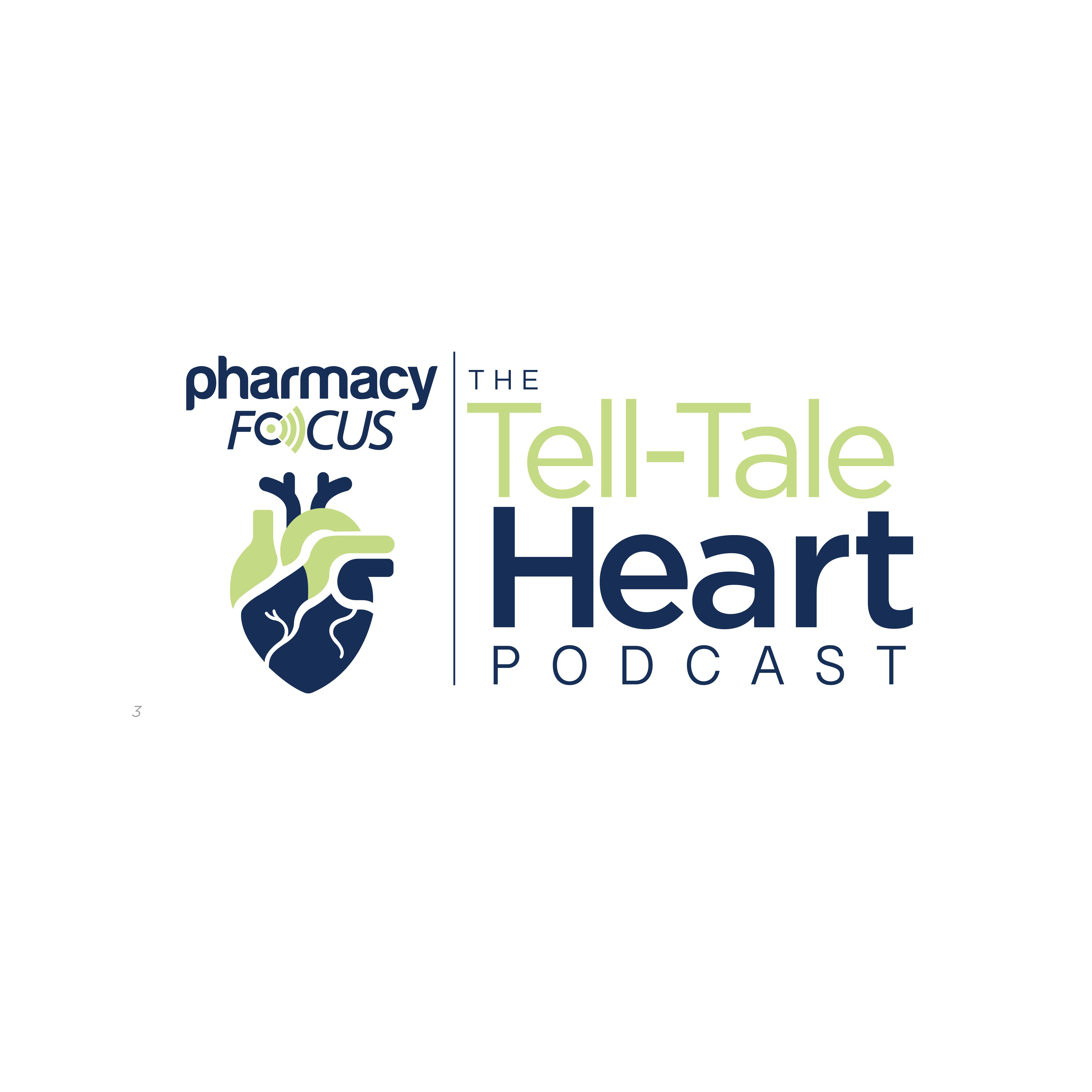Article
FDA Drug Review Process Needs Improvement
Author(s):
A speedy approval process could be implemented through using a large amount of unused fees from pharmaceutical manufacturers.
A recent report suggests that the $7.67 billion in review process fees submitted to the FDA from pharmaceutical manufacturers could be used more effectively.
Researchers discovered that the fees have increased each year largely due to higher application fees manufacturers submit for a new drug approval, according to a report published by Avalere Health. There are 3 types of manufacturer prescription drug user fees: product fees paid for each product sold on the market, annual establishment fees, and application review fees paid for every product application.
In 2016, submitting an application for a prescription drug cost more than $2.3 million, however, in 2017, the cost was reduced since there is a large carryover from the previous 4 years, according to the report.
“While new drug approvals increased recently, they have not kept up with the number of innovative ideas entering clinical trials, and we need to consider where the road blocks are to more efficient development,” said Gillian Woollett, senior vice president at Avalere. “FDA review timing is a critical element.”
In September 2017, all 4 FDA user fee programs are set to expire, including the Prescription Drug User Fee Act, Generic Drug User Fee Act, Medical Device Drug User Free Act, and the Biosimilar User Fee Act. All of these programs are in the process of becoming reauthorized since they are critical to FDA operations, according to Avalere.
How the FDA uses the fees, and patients accessing medications in a timely manner are important considerations for stakeholders. The user fees are important for funding drug, biologic, and review programs, and can account for a larger portion of the budget than they receive from the federal government.
According to the report, user fees comprise 68% of the FDA’s review budget for prescription drugs, and 58% of the review budget for generic drugs. The carryover balance from each year’s fees can be as much as $300 million, Avalere noted.
“The significant unspent funds left over from user fee programs suggest that FDA could do more to accelerate product reviews,” said Jay Jackson, manager at Avalere. “Particularly with public concern around drug prices, speeding approval of the second-to-market products can increase competition that may result in lower net prices.”
Newsletter
Stay informed on drug updates, treatment guidelines, and pharmacy practice trends—subscribe to Pharmacy Times for weekly clinical insights.






